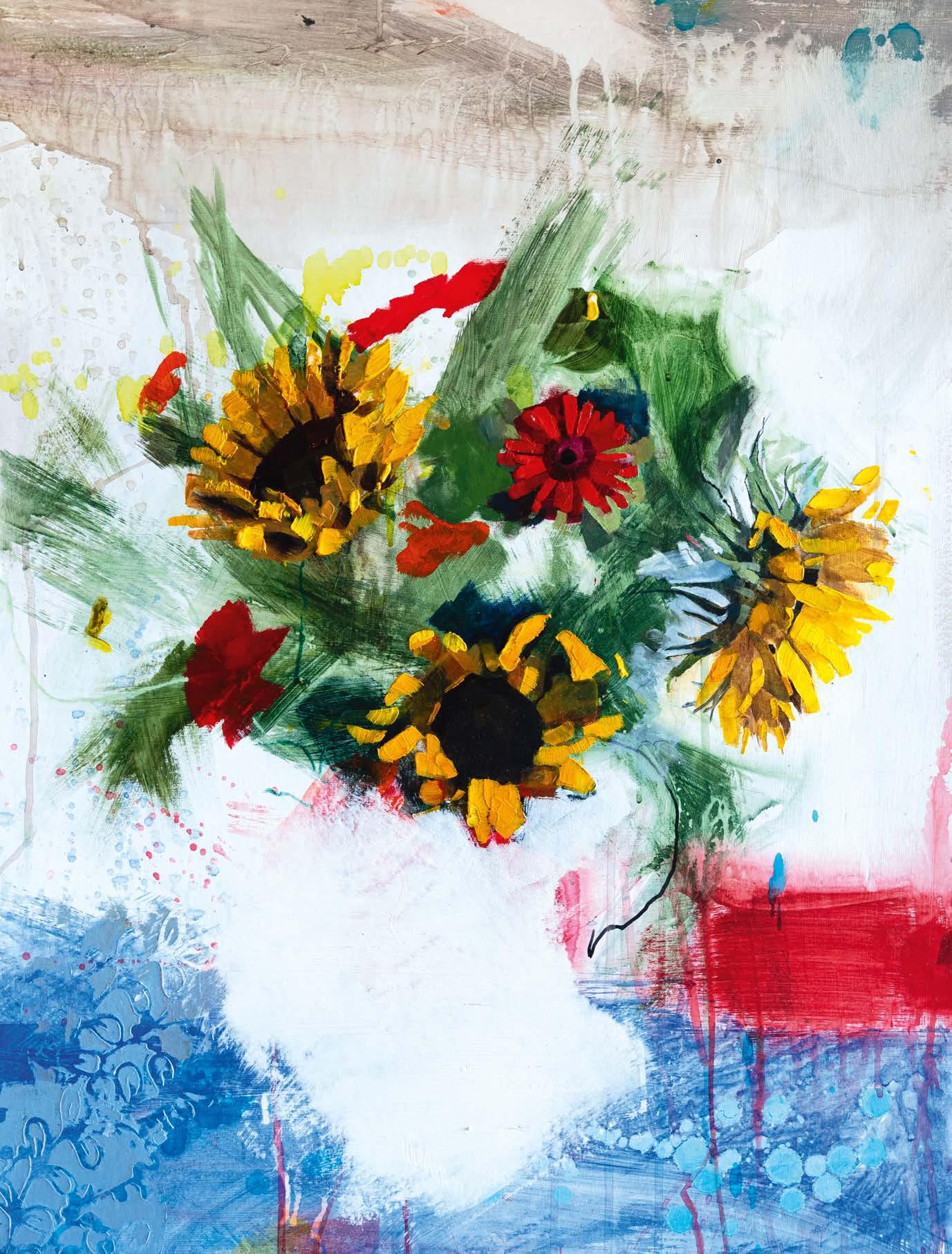


This month’s spotlight on a Portfolio Plus member




This month’s spotlight on a Portfolio Plus member
Sue Gardner was torn between her two childhood dreams of becoming a professional artist or pursuing a career in the equestrian industry. “Horses won out and I set any plans to become an artist to one side. But I was still drawn to painting, so would often dig out my art supplies to enjoy a creative couple of hours in my spare time,” she says.
When Sue was in her thirties, her vision began to blur with “black spots oating around inside my eyes. I was working with dogs at the time and the cause was thought to be allergies. As it turned out, I have a rare, auto-in ammatory condition called Sarcoidosis. In my case, the worst a ected are my eyes, and there’s no cure.”
Unfortunately, during the early days of the pandemic, she su ered a are-up and subsequently lost most of the vision in her left eye. “We are now focussing on my ‘good’ eye to keep me seeing for as long as possible. You really begin to understand the value of your sight when something like this happens.”
Her illness was what spurred Sue into becoming a full-time artist. “During the acute stages of the illness, I had mobility issues and was on very strong medication. I used to lay in bed and paint with a beautiful set of pastels – a gift from my mum – and it really helped me get through those di cult times. I have painted nearly every day since then.”
Having been an animal advocate all her life, Sue likes to paint joyful animals with striking surroundings in oil, for ease of blending and colour vibrancy. “I’m lucky enough to live in the heart of the National Forest in the East Midlands which provides a welcoming environment for wildlife. The beauty of the woods inspires me every single day.”
This month’s cover artist who recreates the magical connection between art and animals Taynuilt, oil on
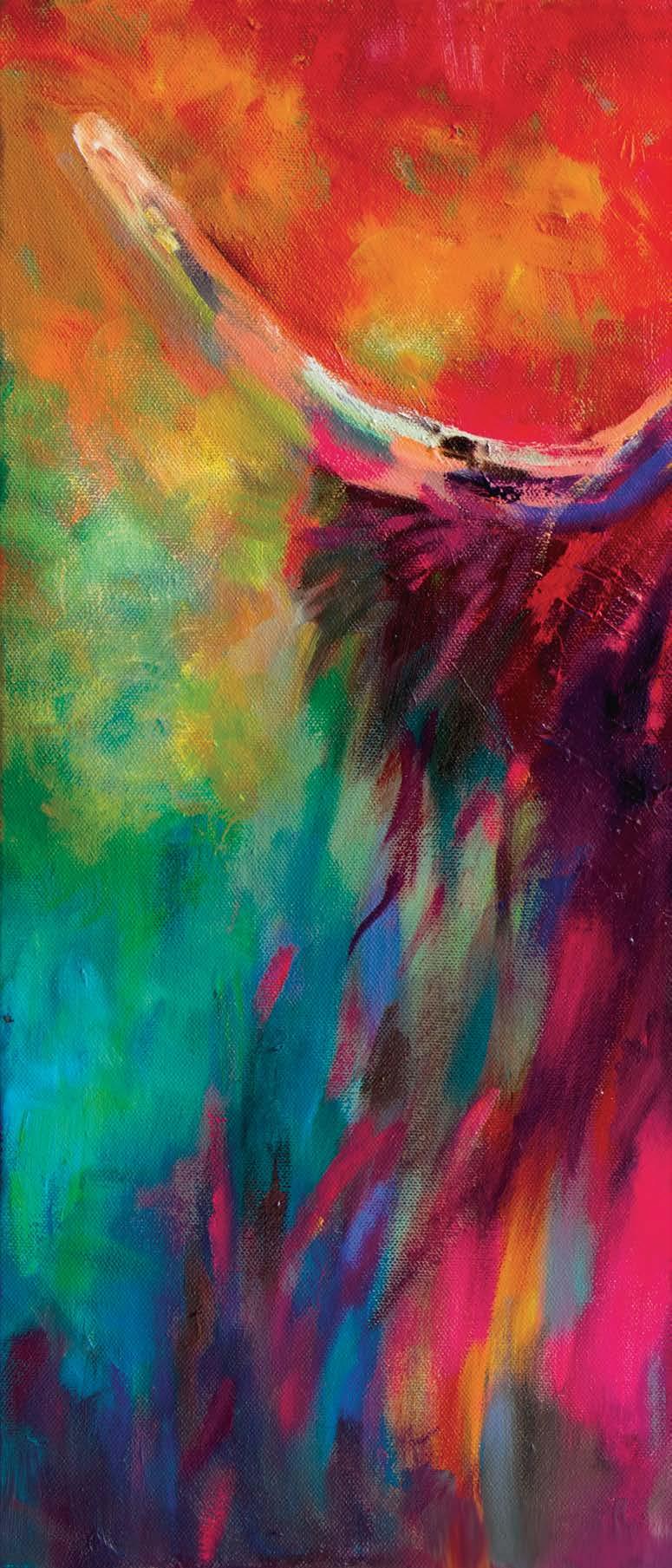
Sue’s use of colour is what sets her apart from other artists as she doesn’t use colour in an arbitrary way. “I have grapheme-colour synaesthesia which means I ‘see’ all numbers and letters, sounds and music as colours. I have likened the placing of colour on my canvas to ‘colour sudoku’ – trying to make all the parts of the piece add up.”
portfolio.artistsandillustrators.co.uk/suegardner ▫
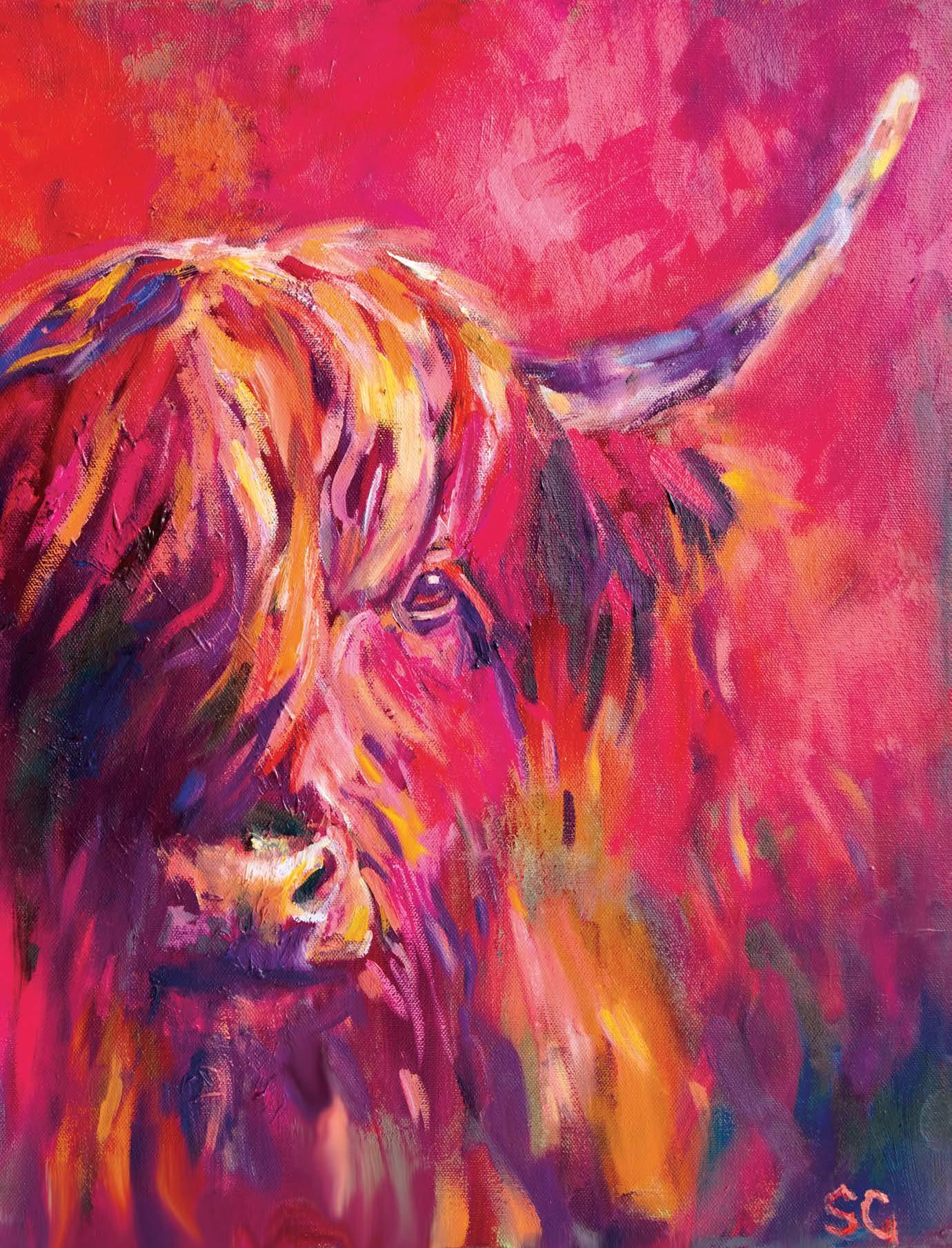
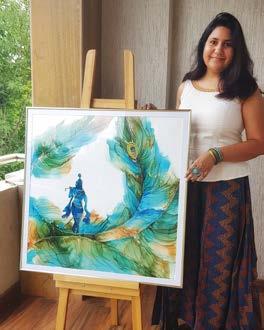
My art journey began when COVID hit; boredom took over and depression started to take root. Art came to my rescue and broke that chain of monotony, and I joined a 30-day painting challenge on Instagram. Each day, I painted something small, and each painting brought me more and more joy. I found a new focus and realised that this was what I was meant to do.
Although I have worked with various mediums, my favourite is alcohol inks. The vibrancy, unique blending of colours, unexpected results and the need to go with the flow is what I love about inks. There is still so much more to explore in this medium and that’s so exciting to me.

I would describe my art style as one where ‘fluidity meets form.’ I love to paint freely and rarely have a plan in mind before putting ink to paper. I let the inks take control and guide me; this is how I have arrived at my most-liked paintings.

T he abundant beauty of nature is all I need to inspire me; flowers make me happy, so I paint them the most.
The only regret I have is not starting sooner. All my life, I was never content, but I didn’t know what the missing piece was. When I found art, I started feeling so fulfilled and once I immersed myself in it completely, everything started to fall into place. pieceofmyart.in ▫
Happy Fish, alcohol inks on synthetic paper, 23x30.5cm
Art takes time; it’s a process that cannot be rushed. It’s also never too late to start and don’t compare your journey to others.
Practise daily
If your aim is to become a full-time artist, start devoting time daily. Consistency is key. Show up, even if you don’t feel like it.
Learn to wear multiple hats
Once you start producing art, the next step is to market it. Photograph your art well, learn to use social media, write engaging content, make process videos, create your website and send your portfolio to galleries. Actively market your art wherever possible.
 Free Spirit, alcohol inks on synthetic paper, 61x61cm
Free Spirit, alcohol inks on synthetic paper, 61x61cm
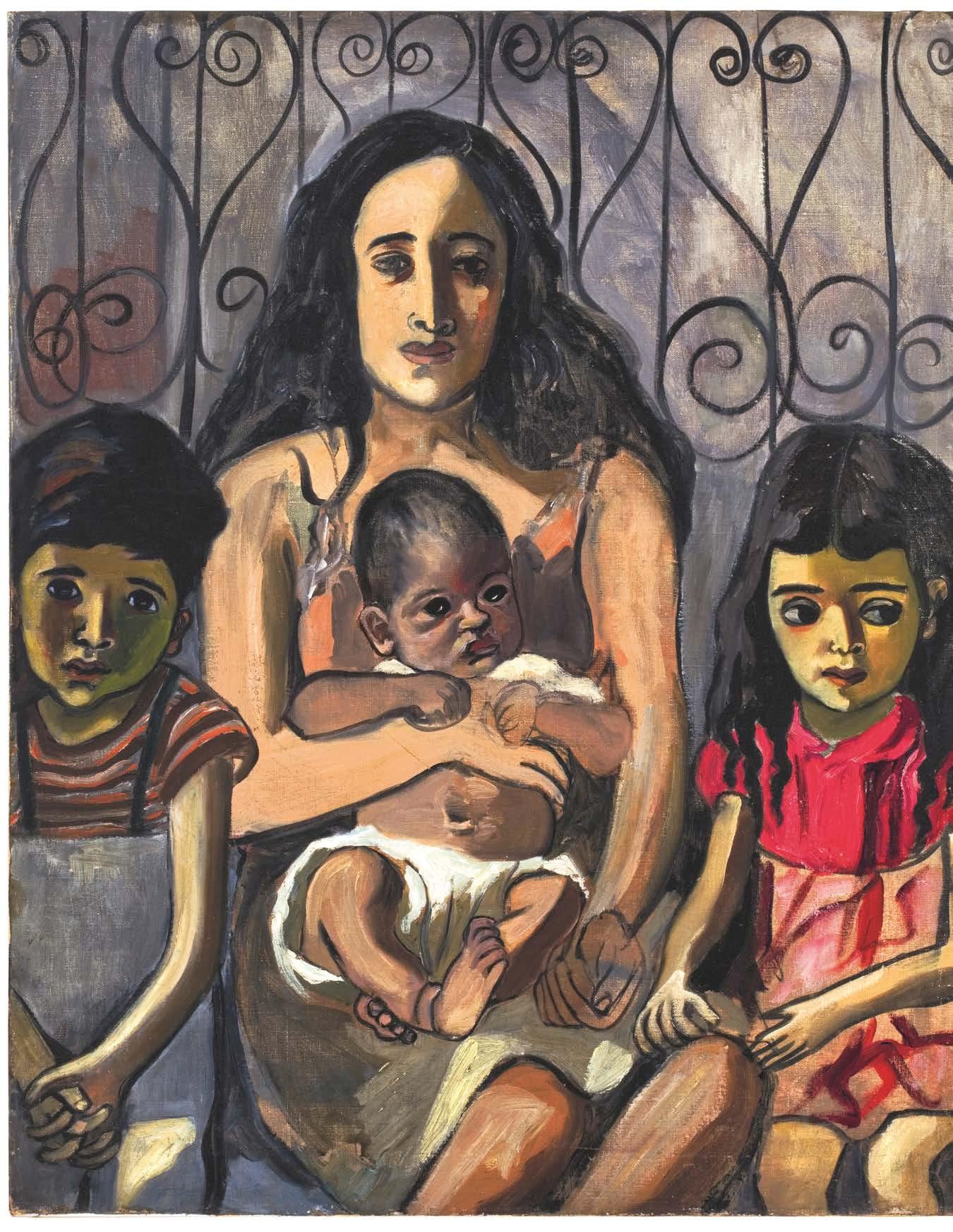
Painter ALICE NEEL was most famous for capturing the diversity of the people of New York, in portraits that are expressive, intense – and political. Martha Alexander finds out more about an artist who once said, “People come first”
New York, where painter Alice Neel lived for most of her life, was more than her home. It was her career, her passion, her commitment and her most returned to subject. She was obsessed with the city – and not for the glamour of Park Lane or bright lights of Broadway – but for the everyday realities of marginalised residents in poor neighbourhoods.
Throughout her career, which spanned some 60 years and much of the twentieth century, Neel championed the underdog, often committing to canvas those rarely, if ever, portrayed in art, saying “I love to paint people who have been torn to shreds by the rat race in New York.” Her paintings gave overlooked people dignity and humanity – and the chance to be seen.
Now, a new exhibition at London’s Barbican Art Gallery, Alice Neel: Hot O The Griddle will show some 70 paintings from public and private collections all over the world, as well as letters and photography, giving audiences fresh insight into her extraordinary life and career. Her work is clearly social and political commentary and is still as powerful today as it ever was, consisting of gurative paintings of herself, friends, lovers, famous artists and complete strangers. However, according to Hot O The Griddle curator, Eleanor Nairne, Neel hated the word portrait. “She preferred to call them pictures of people,” she says. “It’s symptomatic of her unstu y approach to painting: she didn’t want something formal or contrived, she

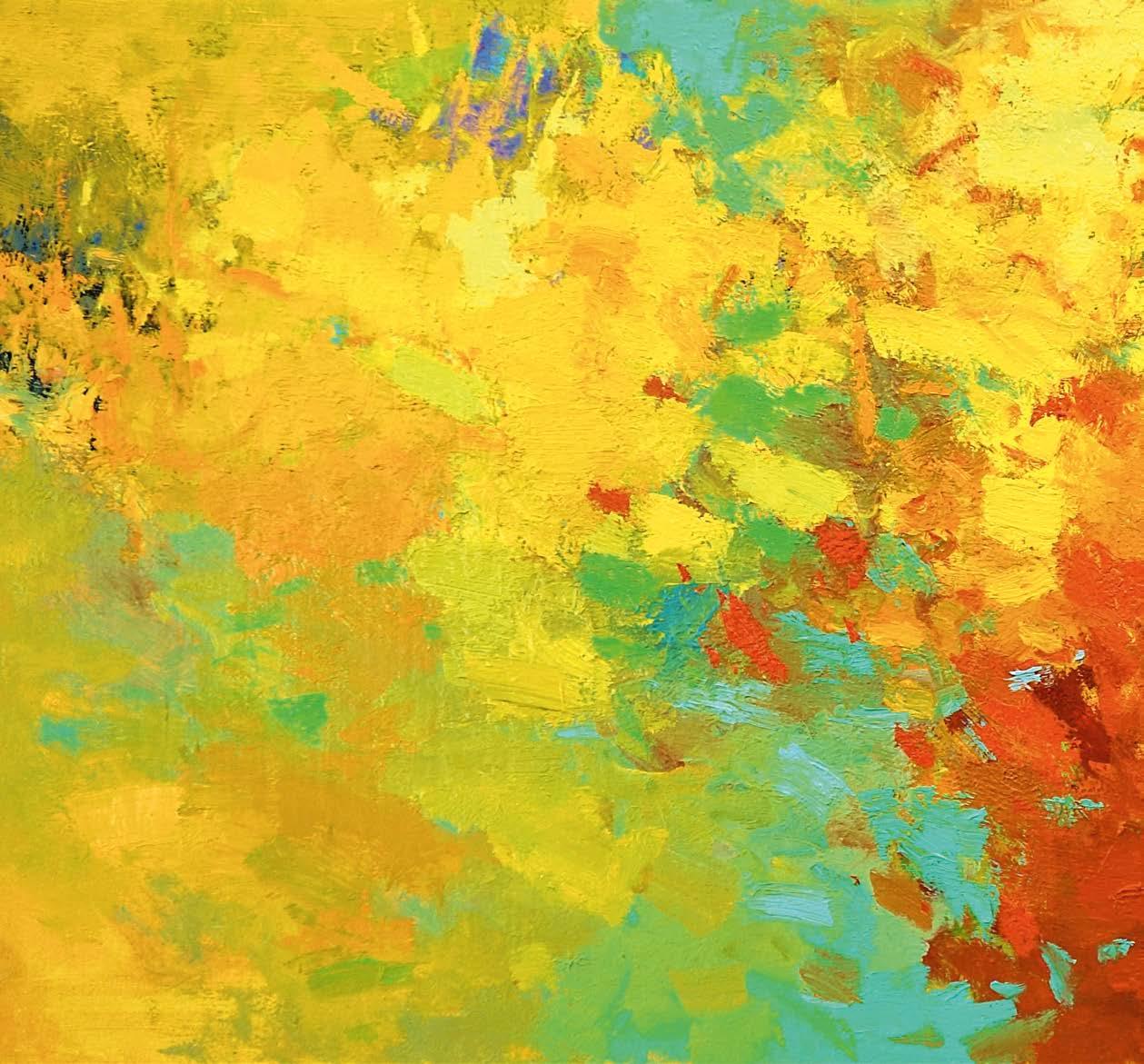
Landscape painter and author MITCHELL ALBALA explores one of the most intriguing aspects of landscape painting: abstraction. In what specific ways can we generate an abstract aesthetic in our own work?

Abstraction isn’t unique to landscape painting, but the natural world does wonderfully lend itself to the approach. When we consider nature’s range of light and her many atmospheric personalities, or her variety of colours, shapes, and textures, we realise how much of nature is inherently abstract.
Many painters – even those who work representationally – are drawn to the abstract. An abstract aesthetic can imbue a painting with an extra dimension that transcends representation. For many artists, however, shifting toward the abstract can be elusive.
Abstraction is never an arbitrary act. It requires a visual orientation that prioritises aesthetics such as colour, shape, or movement over the representational story. Scott Gellatly says, “In these wetland scenes, I am particularly drawn to the way the richly textured landscape is re ected in the adjacent waters, distorting form into pure shape and colour. I use colour to depict luminosity, which elevates the light in the scene as the central subject matter.” ▸
1
